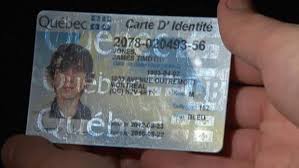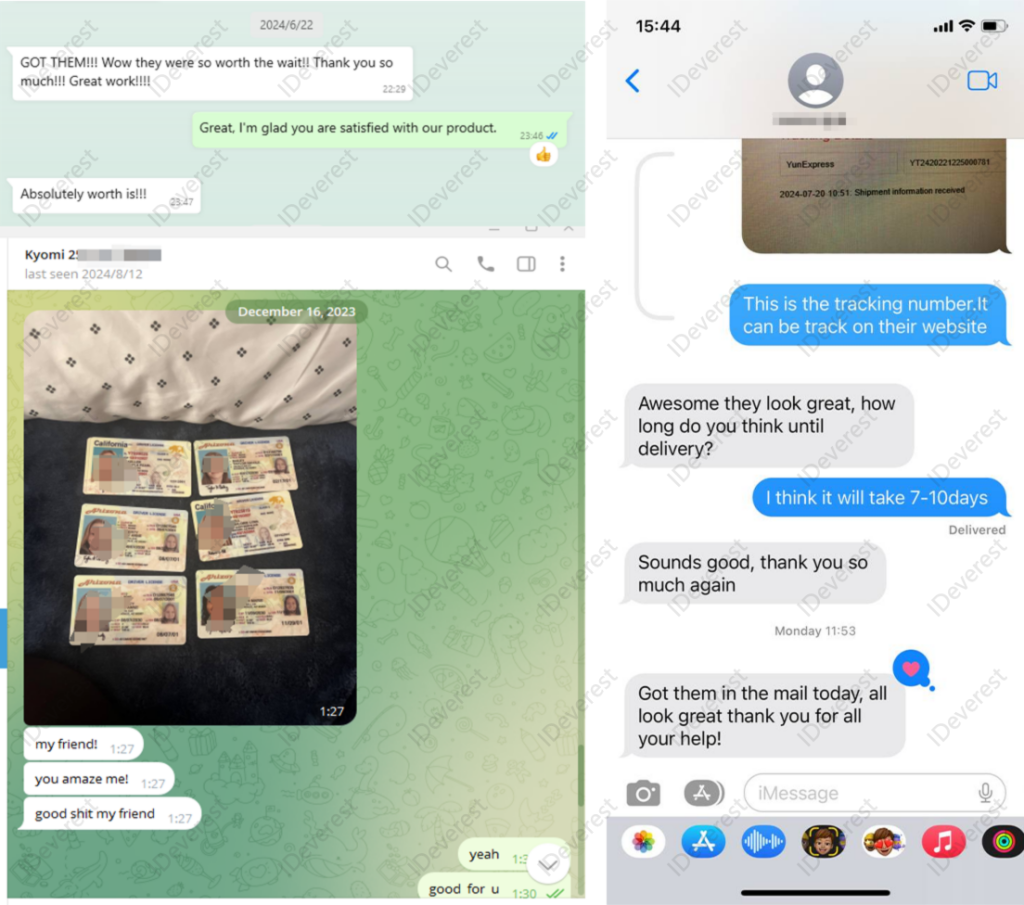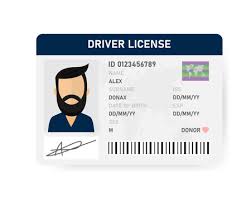how to spot a fake alabama id
How to Spot a Fake Alabama ID: Key Tips and Techniques for Identifying Counterfeits

In today's world, the prevalence of fake identification cards is a growing concern for law enforcement, businesses, and institutions. Fake IDs are commonly used by underage individuals attempting to gain access to age-restricted venues or to purchase alcohol and tobacco products. While counterfeit IDs can originate from any state, this article will focus on identifying fake Alabama IDs, providing you with key tips and techniques to spot counterfeits effectively.
1. Understand the Design Features of a Genuine Alabama ID
To spot a fake Alabama ID, it is crucial first to understand the design features of a genuine ID issued by the Alabama Law Enforcement Agency (ALEA). Familiarizing yourself with the ID's layout, font, colors, and security features can help you identify inconsistencies and anomalies in counterfeit versions.
Key Features of a Genuine Alabama ID:
Holograms: Authentic Alabama IDs have holographic images embedded in the card material. These holograms are visible when tilted under light and should display the state seal and other official symbols. If the holograms are missing, faint, or do not appear as expected, the ID might be fake.
Microprinting: Genuine IDs often include microprinting, which consists of tiny text that is difficult to reproduce accurately. This text is typically found in specific areas of the card, such as the borders or near the photo. Use a magnifying glass to inspect these areas; if the text appears blurry or pixelated, it could indicate a fake.
Ghost Image: An Alabama driver's license or ID card will usually feature a smaller, faded "ghost" image of the ID holder's photo somewhere on the card. This ghost image should match the primary photo in both quality and clarity. A ghost image that is distorted or differs from the main photo is a red flag.
UV Features: Under ultraviolet (UV) light, genuine Alabama IDs reveal certain features, such as the state seal, that are invisible under normal lighting. Using a UV light scanner is an effective way to detect these elements. If an ID lacks UV-reactive features or displays unexpected patterns, it might be counterfeit.
Card Material: Authentic Alabama IDs are made from high-quality, durable material. Fake IDs may feel thinner or more flexible. Check the card's rigidity by gently bending it; a real ID will generally return to its original shape without showing signs of bending.
2. Scrutinize the ID Holder’s Photo and Physical Description
Comparing the photograph and physical description on the ID to the person presenting it is a straightforward yet often overlooked step in identifying fake IDs.
Photo Quality and Match: The photo on a real Alabama ID should be clear and free from signs of tampering, such as smudges or overexposure. Examine whether the photo matches the person presenting the ID. Pay attention to facial features, hairstyle, and any visible distinguishing marks.
Physical Descriptions: Compare the height, weight, eye color, and other physical attributes listed on the ID with the person presenting it. Significant discrepancies, especially if there is no reasonable explanation, could indicate a fake ID.
3. Inspect the ID for Common Errors and Inconsistencies
Counterfeit IDs often contain small errors or inconsistencies that can reveal their fraudulent nature. Careful inspection of these details can help you spot a fake.
Spelling and Formatting Errors: Examine the ID for any spelling mistakes, unusual fonts, or inconsistent formatting. Official state IDs adhere to strict design standards, and even minor deviations can be a sign of a counterfeit.
Expiration Date and Issue Date: Check the expiration and issue dates for anomalies. An ID that has expired years ago or one that appears to have been issued when the ID holder was too young to possess it should raise suspicion.
Barcodes and Magnetic Strips: Most modern IDs, including those from Alabama, contain barcodes and magnetic strips encoded with the cardholder's information. Use a scanner to read the barcode or magnetic strip and ensure the data matches what is visible on the front of the ID. Mismatched information is a strong indicator of a fake ID.
4. Know the Security Enhancements Specific to Alabama IDs
Alabama has implemented several security enhancements over the years to combat counterfeit IDs. Familiarizing yourself with these updates will help you better spot a fake.
REAL ID Star: Alabama IDs that comply with the federal REAL ID Act will have a gold or black star in the upper corner. This feature signifies that the ID meets federal security standards. If an ID lacks this star (on a card type where it should be present), or if the star appears altered, it may be fake.
Tactile Features: Recent versions of Alabama IDs include tactile features—raised elements that you can feel by running your fingers over the card's surface. This could include raised text or specific patterns. A smooth card surface, when a textured feel is expected, is a potential indicator of fraud.
5. Utilize Technology and Verification Tools
Advancements in technology have made it easier to verify the authenticity of IDs. Consider investing in tools that can assist in spotting fake IDs.
ID Scanners and Verification Software: There are various scanners and software available that can quickly read and verify the data on an ID. These tools can check for inconsistencies, such as mismatched information or invalid expiration dates, making it easier to spot fakes.
Mobile Verification Apps: Some mobile apps are designed to help identify fake IDs by allowing users to scan and analyze the ID's barcode or magnetic strip. These apps can be a handy tool for businesses and security personnel.
6. Stay Updated on Counterfeit Techniques
Counterfeiters continuously evolve their techniques to bypass security measures. Staying informed about new trends in fake ID production can help you stay one step ahead.
Training and Resources: Regular training and access to resources such as law enforcement bulletins or industry newsletters can provide valuable updates on new counterfeit detection methods and techniques.
Networking with Other Professionals: Engaging with others in your industry can offer insights and tips on identifying fake IDs. Sharing experiences and knowledge can improve your ability to detect counterfeits.
Conclusion
Detecting a fake Alabama ID requires a combination of knowledge, attention to detail, and the use of technology. By familiarizing yourself with the key features of genuine Alabama IDs, scrutinizing the ID and its holder carefully, utilizing available tools, and staying updated on evolving counterfeit techniques, you can effectively identify fake IDs and help maintain safety and compliance in your community. Always trust your instincts, and when in doubt, do not hesitate to request additional forms of identification or consult with a supervisor or law enforcement.
 IndianaFake ID
IndianaFake ID
 MassachusettsFake ID
MassachusettsFake ID
 MichiganFake ID
MichiganFake ID
 New JerseyFake ID
New JerseyFake ID